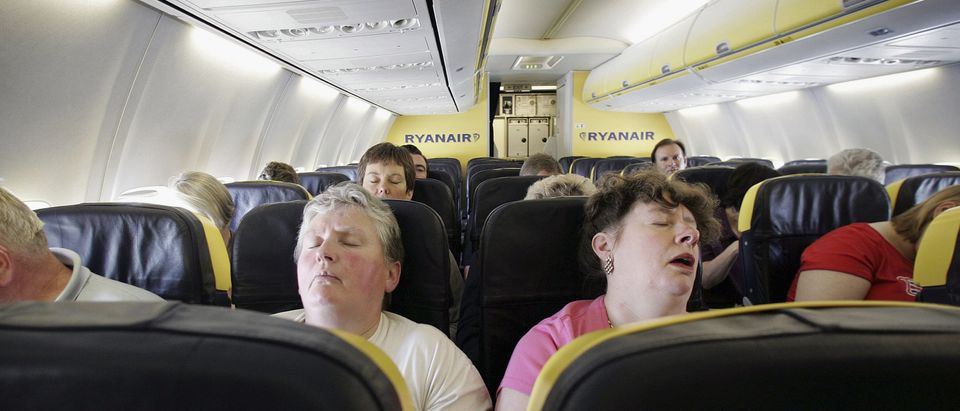Airlines must now update weight information on passengers for the Federal Aviation Administration (FAA) in order to continue to adhere to airplane safety limits, The Wall Street Journal (WSJ) reported Wednesday.
The FAA is requiring airlines to submit a plan by June 12 with updates on the average weight of passengers including, but not limited to, baggage, clothing, and electronic devices and how those weights are calculated, according to the WSJ.
Officials have stated that these weight estimates of passengers have increased between 5% and 10%, the WSJ reported. The measures being taken seem to acknowledge that the average weight of Americans has increased.
The weight increase can have an impact in that it may cause some passengers to get bumped off flights or take less baggage, according to officials. Such precautions are more likely to occur in cities higher above sea level when the weight that an airplane can safely transport due to the wings not being able to generate as much lift.
Additionally, flights occurring on extremely hot days and flights into stiff headwinds that require greater fuel could encounter more precautions, the WSJ reported. (RELATED: United Airlines To Buy Supersonic Jets That Can Fly To About 500 Destinations In Half The Time)
Airlines’ weight requirements for passengers and baggage are going up about 10% or more, possibly meaning more travelers get bumped or luggage left behind. Some airlines stated they have already prepared for the weight transition, according to the WSJ.
Airlines’ weight requirements for passengers and baggage are going up about 10% or more, possibly meaning more travelers get bumped or luggage left behind https://t.co/zNT2T3VI7r
— The Wall Street Journal (@WSJ) June 10, 2021
“We’ve done a year’s worth of preparation,” said Mike Byham, director of operations engineering at American Airlines. “We put a lot of work into this to make it a non-event.”
The FAA reportedly acknowledged that while adjusting for passengers’ weight is considered normal protocol, such adjustments have not been calculated in years. However, the precautions are designed to maximize safety and reduce possible risks associated with an overloaded airplane, the WSJ reported.


